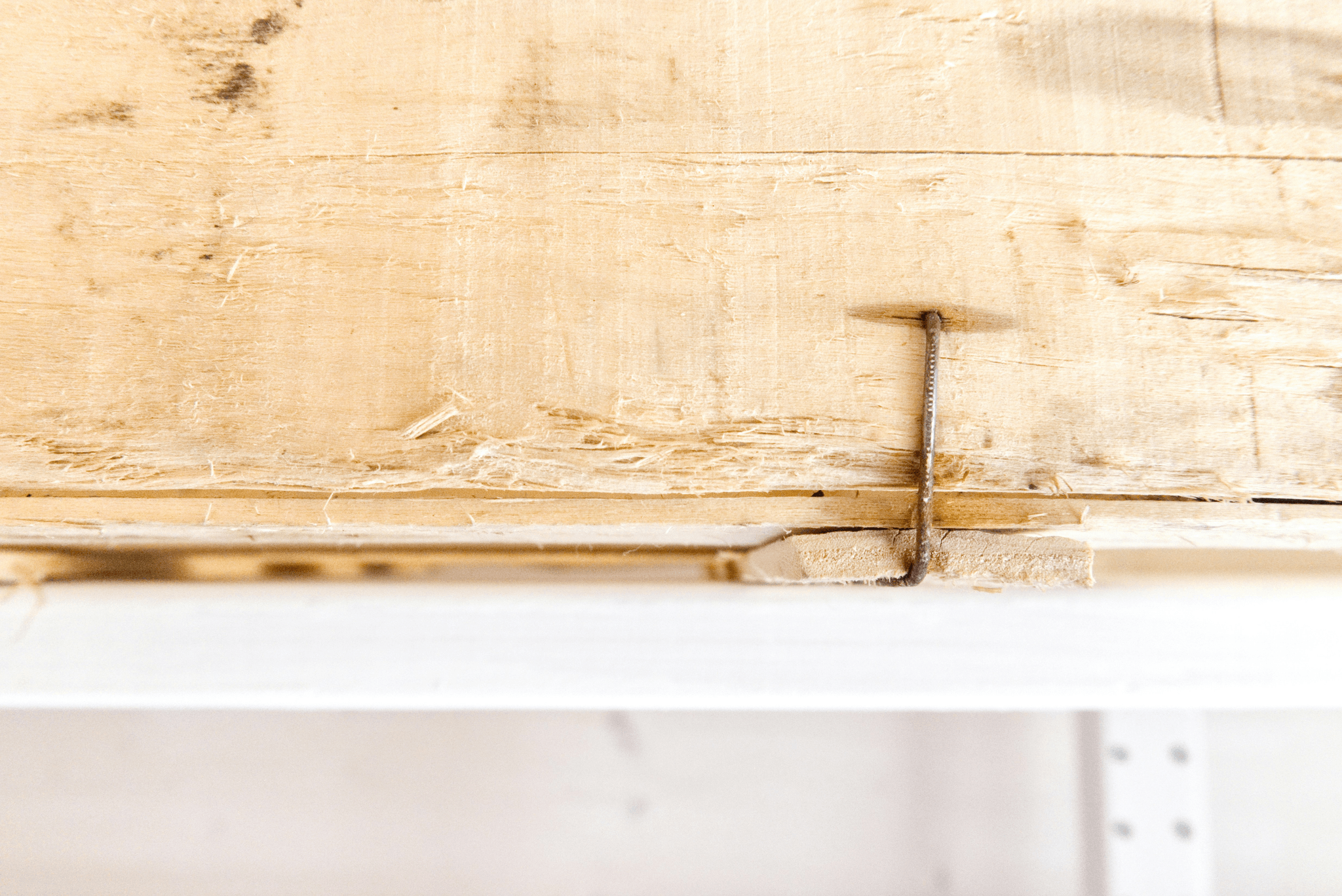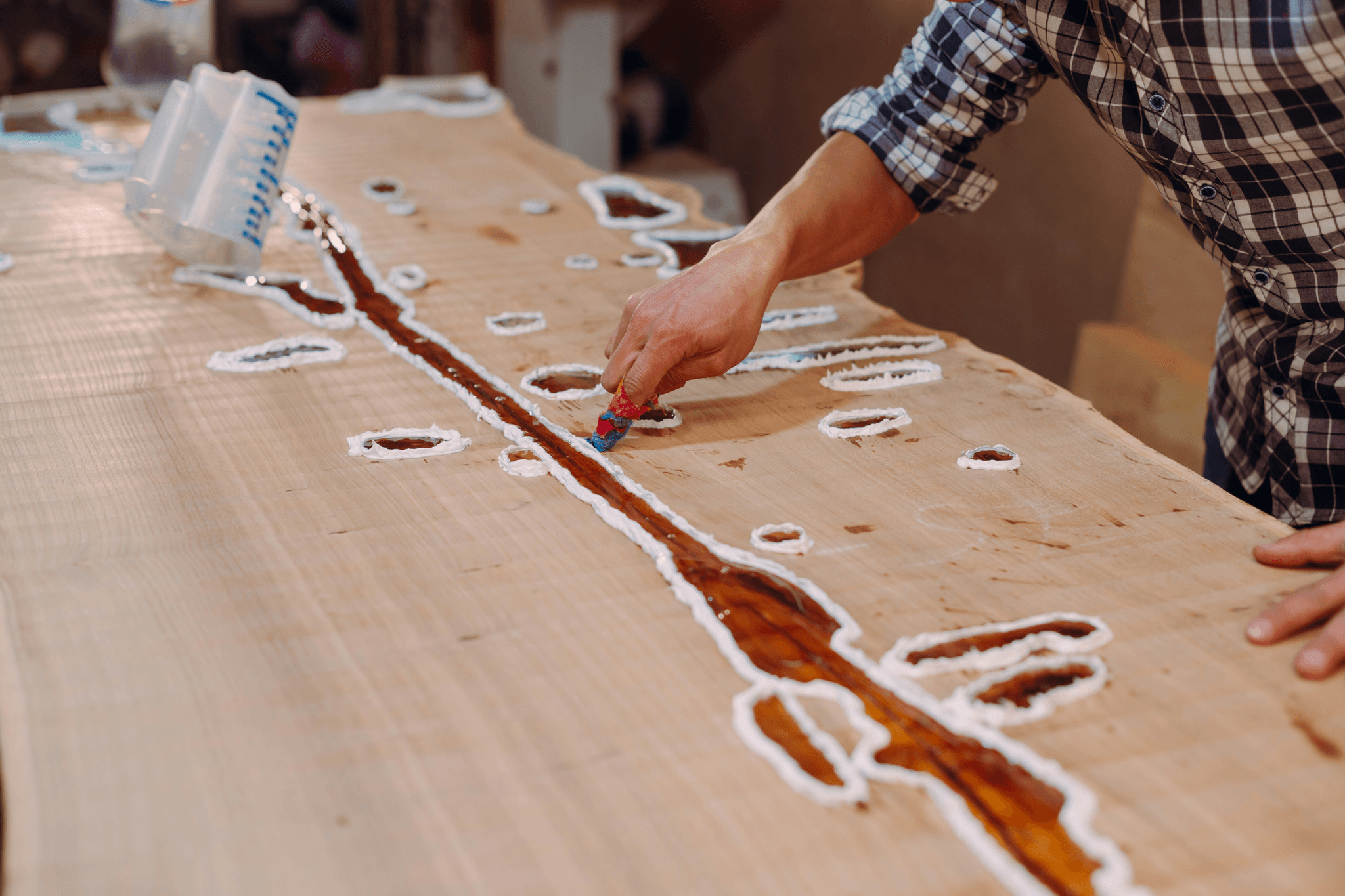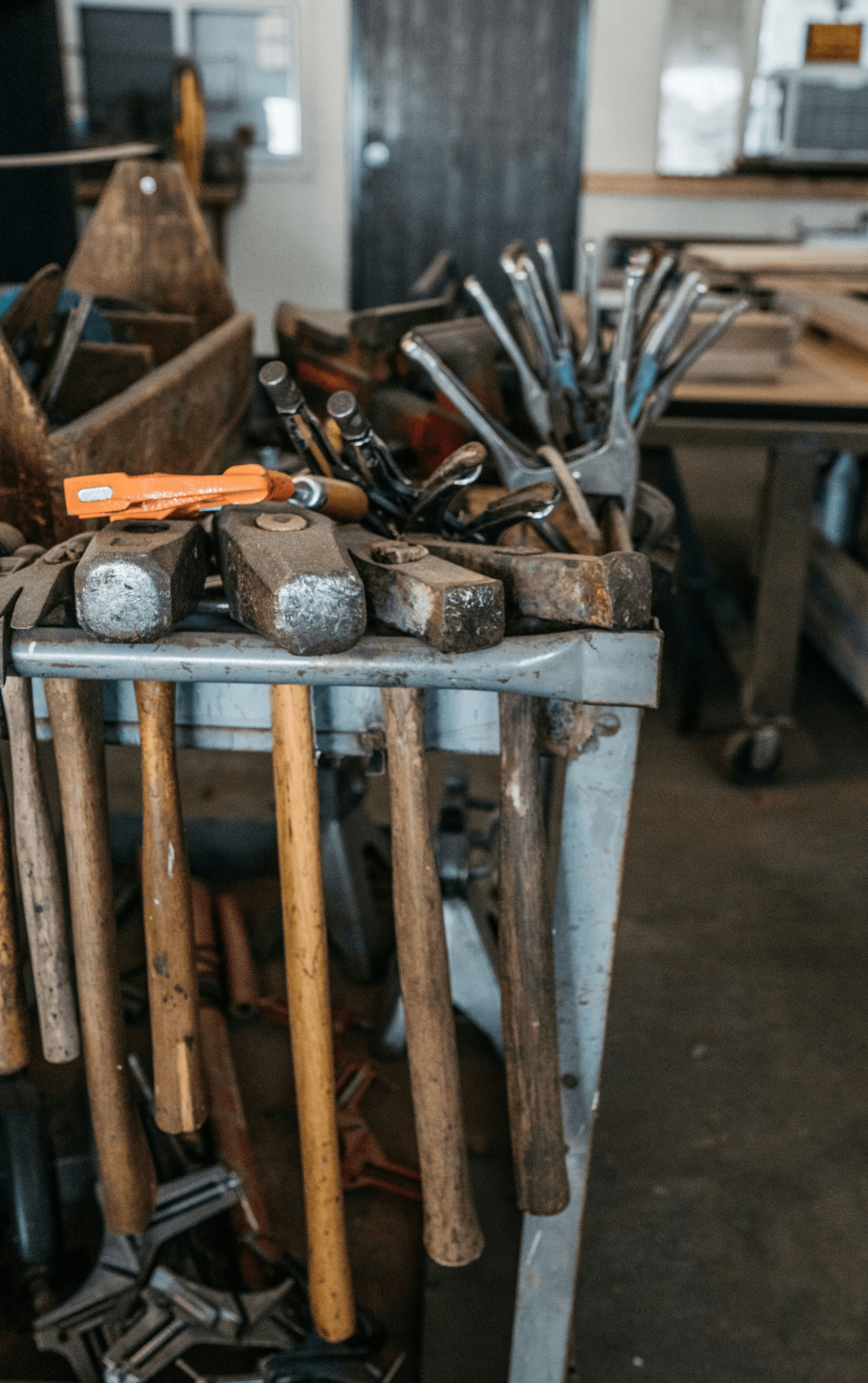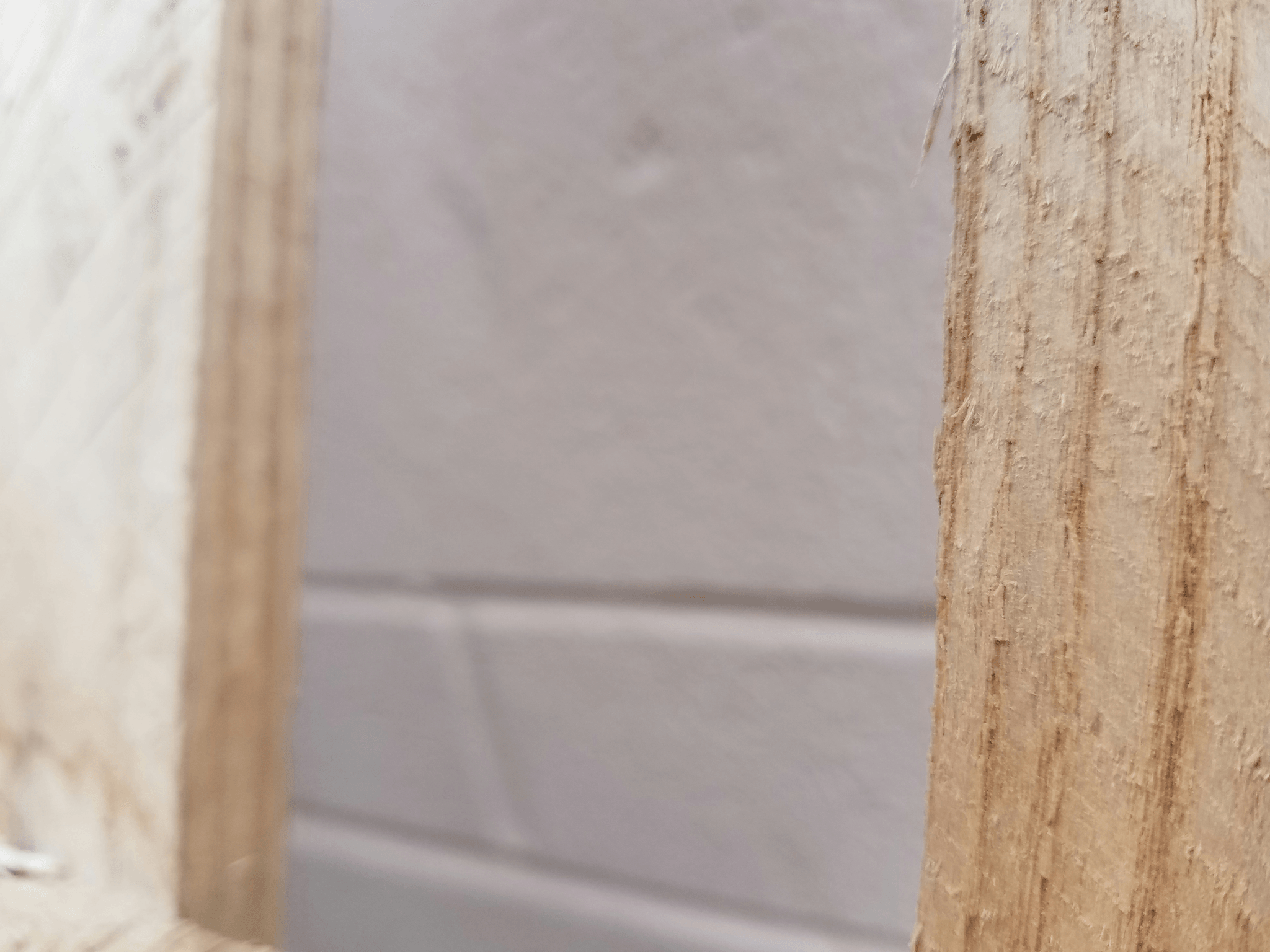Introduction

Polyurethane glue is a versatile and powerful adhesive that has become a go-to choice for many woodworking projects. Its strong bonding capabilities and resistance to water make it an ideal option for woodworkers looking for reliable adhesives. In this guide, we will explore the benefits of using polyurethane glue, understand its unique properties, and learn how to choose the right polyurethane glue for your woodworking projects.
Understanding Polyurethane Glue
Polyurethane glue, also known as Gorilla Glue or woodworking glue, is a type of wood adhesive that forms a strong bond between wood surfaces. Its chemical composition allows it to expand as it cures, filling in gaps and creating a durable connection between pieces of wood. This makes it particularly useful for wood to wood applications in woodworking projects.
Benefits of Using Polyurethane Glue
One of the key advantages of using polyurethane glue is its exceptional bonding strength, which can withstand heavy loads and resist moisture damage. Additionally, its versatility allows it to be used on various types of wood, making it an essential tool in any woodworker's arsenal. Furthermore, polyurethane glue offers excellent gap-filling properties, ensuring a secure and seamless bond between wooden surfaces.
Polyurethane glue also has the advantage of being heat and solvent resistant, making it suitable for outdoor applications and projects that require exposure to extreme temperatures. Its ability to expand as it cures allows it to fill in gaps and irregularities in wood surfaces, ensuring a strong and durable bond. Woodworkers can rely on polyurethane glue for a wide range of projects, from furniture construction to outdoor decking, knowing that it will provide the strength and reliability needed for long-lasting results.
Choosing the Right Polyurethane Glue for Your Woodworking Projects
When selecting a polyurethane glue for your woodworking projects, consider factors such as open time (the time available to adjust glued parts), cure time (the time required for the adhesive to fully set), and application temperature range. Additionally, look for features such as water resistance and compatibility with different types of finishes to ensure the best results in your woodworking endeavors.
What is Polyurethane Glue?

Polyurethane glue is a versatile and strong adhesive commonly used in woodworking projects. It works by creating a chemical reaction when exposed to moisture, expanding and filling gaps for a secure bond. This makes it ideal for joining wood pieces with varying shapes and sizes.
How Polyurethane Glue Works
Polyurethane glue works by reacting with moisture in the air or on the surfaces being bonded, causing it to expand and create a tight bond. This unique property allows it to fill gaps and irregularities, making it perfect for uneven or non-porous surfaces. Its ability to bond well in damp conditions also makes it suitable for outdoor woodworking projects.
Polyurethane glue is also known for its strong and durable bond, making it an ideal choice for heavy-duty projects such as furniture assembly or structural repairs. Its resistance to water, heat, and chemicals further enhances its versatility, allowing it to be used in a wide range of applications. Additionally, polyurethane glue can be sanded and painted once cured, providing a seamless finish for professional-looking results in woodworking and carpentry projects.
Advantages of Using Polyurethane Glue
The advantages of using polyurethane glue in woodworking are numerous. It has excellent bonding strength, is resistant to water, heat, and solvents, and provides flexibility once cured. Additionally, its ability to expand and fill gaps ensures a solid connection between wood pieces.
Polyurethane glue is also known for its long-term durability, making it an ideal choice for woodworking projects that require a strong and reliable bond. Its versatility allows for use on a variety of wood types, including hardwoods, softwoods, and even engineered wood products. Woodworkers can trust polyurethane glue to provide a secure and lasting connection, ensuring the quality and integrity of their finished pieces.
Applications of Polyurethane Glue in Woodworking
Polyurethane glue is commonly used for wood-to-wood bonding in various woodworking projects such as furniture making, cabinetry, and outdoor structures like decks or fences. Its versatility allows for bonding different types of wood including hardwoods, softwoods, and engineered woods.
Now you have an understanding of what polyurethane glue is and how it works as an effective adhesive in woodworking projects.
Using Polyurethane Glue in Wood Joinery

Bonding Strength of Polyurethane Glue
Polyurethane glue is known for its exceptional bonding strength, making it an ideal choice for wood joinery projects. It creates a strong and durable bond that can withstand heavy loads and resist moisture, ensuring the longevity of your woodworking creations. Whether you're working on furniture, cabinets, or other wood structures, polyurethane glue provides a reliable and long-lasting hold.
Techniques for Applying Polyurethane Glue
When applying polyurethane glue in wood joinery, it's essential to follow proper techniques to ensure optimal results. First, make sure to apply the adhesive evenly on both surfaces to be joined. Then, clamp the pieces together tightly to allow the glue to cure properly and create a strong bond. Additionally, consider using a damp cloth to clean off any excess glue before it dries for a cleaner finish.
Furthermore, it's important to allow the polyurethane glue to cure for the recommended amount of time before subjecting the joined pieces to any stress or weight. This will ensure that the bond is fully set and able to withstand normal use. Lastly, always follow the manufacturer's instructions for best results and consider wearing gloves and eye protection when working with polyurethane glue to protect your skin and eyes from potential irritation.
Best Practices for Using Polyurethane Glue in Wood Joinery
To maximize the effectiveness of polyurethane glue in wood joinery, it's important to work in a well-ventilated area and wear protective gloves during application. Additionally, ensure that the wood surfaces are clean and free from any dust or debris before applying the adhesive. Finally, allow sufficient time for the glue to cure according to the manufacturer's instructions before subjecting the joined pieces to stress or load.
Comparing Polyurethane Glue with Other Wood Adhesives

Polyurethane Glue vs. Gorilla Glue
When comparing polyurethane glue with Gorilla Glue, both are known for their strong bonding capabilities and versatility in woodworking projects. However, polyurethane glue tends to expand as it cures, filling gaps and providing a more robust bond compared to Gorilla Glue. Additionally, polyurethane glue is waterproof and can be used for both indoor and outdoor woodworking applications.
Polyurethane Glue vs. Traditional Wood Glue
While traditional wood glue provides a reliable bond for woodworking projects, polyurethane glue offers several advantages that make it a preferred choice for many woodworkers. Unlike traditional wood glues, polyurethane glue can be used on both porous and non-porous materials, making it suitable for a wider range of woodworking applications. Additionally, its ability to expand and fill gaps makes it ideal for joining irregularly shaped or uneven surfaces.
Benefits of Choosing Polyurethane Glue for Woodworking Projects
The benefits of choosing polyurethane glue over other woodworking adhesives are numerous. Its exceptional bonding strength, water resistance, and ability to fill gaps make it a versatile option for various woodworking applications. Whether you're working with hardwoods, softwoods, or composite materials, polyurethane glue provides a reliable bond that withstands the test of time.
In addition to its strength and versatility, polyurethane glue also offers the benefit of being easy to sand and paint once dry, allowing for a seamless finish on woodworking projects. This makes it an ideal choice for applications where aesthetics are important, such as furniture-making or cabinetry. With its ability to withstand temperature changes and resist chemicals, polyurethane glue is a reliable option for long-lasting and durable woodworking bonds.
Now that we've explored the advantages of using polyurethane glue in woodworking projects and compared it with other popular wood adhesives like Gorilla Glue and traditional wood glue, let's delve into tips for maximizing its performance in the next section.
Tips for Maximizing the Performance of Polyurethane Glue

Storage and Shelf Life of Polyurethane Glue
It's important to store polyurethane glue in a cool, dry place to prevent premature curing. Keep the lid tightly sealed to avoid exposure to air, and always check the expiration date before use. Proper storage can extend the shelf life of polyurethane glue, ensuring its effectiveness for woodworking projects.
Proper Surface Preparation for Using Polyurethane Glue
Before applying polyurethane glue, ensure that the surfaces are clean and free from dust, grease, or any other contaminants. Roughen smooth surfaces with sandpaper to improve adhesion, and make sure the wood is dry to prevent any interference with the bonding process. Proper surface preparation is crucial for achieving strong and durable bonds with polyurethane glue.
When applying polyurethane glue, it is important to follow the manufacturer's instructions for proper application and curing times. It is also essential to use clamps or other methods to hold the surfaces together firmly while the glue sets, ensuring a strong and secure bond. Taking these additional steps will help ensure the best possible results when using polyurethane glue for your woodworking projects.
Common Mistakes to Avoid When Using Polyurethane Glue
One common mistake when using polyurethane glue is applying too much of it, which can lead to messy excess squeeze-out. Another mistake is not clamping the glued surfaces together firmly enough, which can result in weak bonds. Additionally, failing to follow manufacturer's instructions regarding temperature and humidity conditions can affect the performance of polyurethane glue.
Now let's move on to exploring sustainability and environmental impact of polyurethane glue in woodworking projects.
Sustainability and Environmental Impact of Polyurethane Glue
Polyurethane glue is known for its environmental impact, especially when using a water-based resin solution. By incorporating this eco-friendly alternative, woodworkers can reduce their carbon footprint and contribute to sustainability efforts in the industry. With the use of water-based resin, polyurethane glue becomes a more environmentally conscious choice for woodworking projects.
Using Water-Based Resin Solution in Polyurethane Glue
By utilizing a water-based resin solution in polyurethane glue, woodworkers can significantly reduce the emission of volatile organic compounds (VOCs) into the atmosphere. This sustainable approach not only benefits the environment but also creates a healthier workspace for craftsmen. The use of water-based resin solution aligns with eco-friendly practices and supports the movement towards greener woodworking solutions.
Woodworkers who adopt the use of water-based resin solution in polyurethane glue also benefit from a safer and more user-friendly product. This type of glue is easier to clean up and less toxic, making it a more practical choice for woodworking projects. Additionally, the shift towards eco-friendly practices in woodworking can also enhance the overall reputation of craftsmen and their businesses, appealing to environmentally conscious consumers.
Benefits of Environmentally Friendly Woodworking Adhesives
Environmentally friendly woodworking adhesives, such as polyurethane glue with a water-based resin solution, offer numerous benefits beyond sustainability. These adhesives promote better indoor air quality by minimizing harmful emissions, making them ideal for both professional workshops and home woodworking projects. Additionally, they contribute to a healthier planet by reducing overall environmental impact.
Creating Eco-Friendly Woodworking Projects with Polyurethane Glue
Woodworkers can take their commitment to sustainability even further by incorporating eco-friendly practices into their projects using polyurethane glue with a water-based resin solution. By choosing environmentally friendly adhesives like polyurethane glue, craftsmen can create durable and beautiful wood pieces while minimizing their ecological footprint. This approach aligns with the growing demand for sustainable craftsmanship and contributes to a greener future for woodworking.
Conclusion

Polyurethane glue is a versatile and reliable adhesive that can elevate your woodworking projects to new heights. By mastering the art of working with polyurethane glue, you can achieve stronger and more durable wood joints, ensuring the longevity of your creations. Embracing sustainable practices in woodworking with water-based resin solutions not only benefits the environment but also enhances the overall quality of your projects. With its superior bonding strength and environmentally friendly options, polyurethane glue is undoubtedly a game-changer in the world of woodworking adhesives.
Mastering the Art of Working with Polyurethane Glue
Mastering the art of working with polyurethane glue involves understanding its unique properties and learning how to apply it effectively in wood joinery. By following best practices for using polyurethane glue, such as proper surface preparation and applying the right techniques, you can ensure optimal bonding strength and long-lasting results for your woodworking projects.
Elevating Your Woodworking Projects with Polyurethane Glue
Polyurethane glue offers unparalleled benefits for woodworking projects, including superior bonding strength, resistance to moisture and heat, and versatility in various applications. By choosing polyurethane glue over traditional wood adhesives or Gorilla Glue, you can elevate the quality and durability of your wood joints, making your creations stand out for years to come.
Embracing Sustainable Practices in Woodworking with Water-Based Resin Solution
Embracing sustainable practices in woodworking involves using environmentally friendly adhesives such as water-based resin solutions in polyurethane glue. By opting for eco-friendly options, you not only contribute to a healthier planet but also create high-quality, sustainable woodworking projects that reflect your commitment to environmental responsibility.
